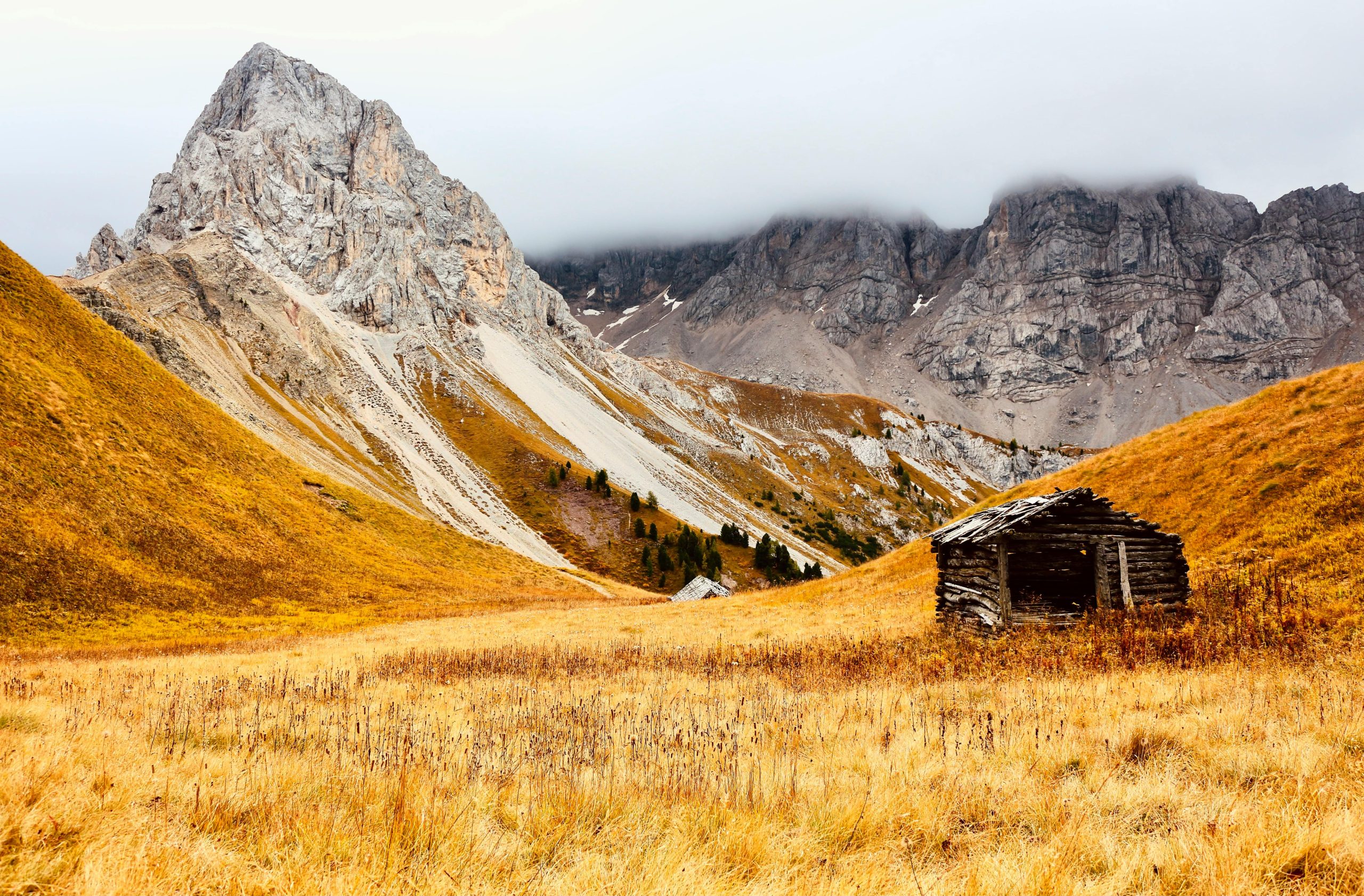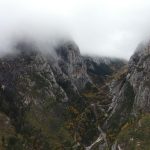Nanga Parbat, towering at 8,126 meters (26,660 feet), is the ninth-highest mountain in the world and one of the most captivating peaks of the Himalayas. Known as the “Killer Mountain” due to its treacherous climbing routes and challenging weather, this giant offers a perfect blend of beauty, mystery, and danger. Nestled in Pakistan’s Gilgit-Baltistan region, Nanga Parbat is a must-know destination for adventurers, nature lovers, and mountaineers.
This blog explores Nanga Parbat’s fascinating history, breathtaking features, and why it remains an iconic peak in the mountaineering world.
Why Is It Called Nanga Parbat?
The name “Nanga Parbat” translates to “Naked Mountain” in Urdu and Sanskrit, referring to its bare rock faces and steep ridges. Unlike other peaks in the Himalayas covered with dense vegetation, Nanga Parbat’s exposed cliffs give it a rugged, untamed appearance.
Locally, it is also called Diamir, meaning “King of the Mountains,” signifying its majestic dominance over the surrounding valleys and terrain.
Location and Surroundings
- Region: Nanga Parbat is located in the Diamer District of Gilgit-Baltistan, Pakistan.
- Mountain Range: It is part of the Himalayan Range, distinct from the Karakoram Range to the north.
- Nearby Features: The mountain is bordered by the Indus River to the south and surrounded by lush valleys like Fairy Meadows and Raikot Glacier, which offer stunning views of the peak.
First Ascent of Nanga Parbat
Nanga Parbat has a long history of attempts and tragedies before its first successful ascent. The mountain was first conquered on July 3, 1953, by Austrian climber Hermann Buhl, who achieved the feat solo and without supplemental oxygen—an incredible accomplishment in mountaineering history.
Before Buhl’s success, Nanga Parbat claimed many lives, earning its notorious reputation as the “Killer Mountain.” Early German expeditions in the 1930s faced severe challenges, with multiple deaths caused by avalanches, frostbite, and high-altitude sickness.
Unique Features of Nanga Parbat
- Rupal Face: Known as the highest mountain face in the world, the Rupal Face rises over 4,600 meters (15,090 feet) from base to summit. It is a sight to behold and a challenge to climb.
- Three Majestic Faces: Nanga Parbat boasts three distinct faces:
- Rupal Face: The southern side, famous for its sheer height and steep terrain.
- Diamir Face: The western side, known for its more accessible but still formidable routes.
- Rakhiot Face: The eastern side, offering dramatic glaciers and cliffs.
- Massive Glaciers: The Rakhiot and Raikot glaciers enhance the mountain’s dramatic appearance.
- Fairy Meadows: A lush, green plateau at the base of Nanga Parbat, offering stunning views and a serene environment for trekkers.
Why Climbers and Adventurers Are Drawn to Nanga Parbat
- Extreme Challenge: With its steep slopes, avalanches, and unpredictable weather, Nanga Parbat is one of the most challenging peaks in the world.
- Historical Significance: It holds a prominent place in the history of mountaineering, making it a bucket-list destination for climbers.
- Scenic Beauty: The surrounding valleys, glaciers, and faces of Nanga Parbat create a landscape that is unparalleled in beauty.
- Fairy Meadows: A popular trekking destination, Fairy Meadows provides adventurers with a base to explore the region while enjoying spectacular views.
Trekking to Fairy Meadows and Beyond
If climbing Nanga Parbat seems too daunting, trekking to Fairy Meadows is an excellent alternative. Known for its tranquil beauty, the trek offers panoramic views of the Rakhiot Face and lush greenery.
- Getting There: The journey begins with a jeep ride from Raikot Bridge to the village of Tattu, followed by a hike to Fairy Meadows.
- Difficulty Level: Moderate; suitable for individuals with basic fitness levels.
- Best Time to Visit: Late spring to early autumn (May to September) when the weather is favorable.
From Fairy Meadows, experienced trekkers can continue toward the Nanga Parbat Base Camp, a challenging but rewarding experience.
The Challenges of Climbing Nanga Parbat
Climbing Nanga Parbat is not for the faint-hearted. The mountain’s formidable conditions include:
- Unpredictable Weather: Sudden storms and extreme cold can occur without warning.
- Avalanches: Frequent avalanches pose a significant threat to climbers.
- Altitude Sickness: The thin air and high altitude demand excellent acclimatization.
- Technical Difficulty: The steep ridges and faces require advanced climbing skills and equipment.
Despite its dangers, the allure of standing atop the “Killer Mountain” continues to draw climbers from around the globe.
Environmental and Cultural Significance
Nanga Parbat is not just a climber’s paradise; it also holds immense environmental and cultural importance.
- Flora and Fauna: The region around Nanga Parbat is home to unique wildlife, including snow leopards, Himalayan ibex, and marmots.
- Local Communities: The people of the Diamer District, particularly the Balti and Shina communities, rely on sustainable tourism for their livelihood. Their hospitality and mountaineering expertise make expeditions possible.
- Conservation Efforts: With increasing tourism, preserving the fragile ecosystem is essential. Visitors are encouraged to follow eco-friendly practices.
Table of Contents
Tips for Visiting Nanga Parbat
If you’re planning a trip to Nanga Parbat, keep these tips in mind:
- Pack Wisely: Carry warm clothing, sturdy hiking boots, and essential trekking gear.
- Acclimatize: Spend time at lower altitudes to avoid altitude sickness.
- Hire Local Guides: Their knowledge and experience can make your journey safer and more enjoyable.
- Respect Nature: Avoid littering and stick to designated trails to protect the environment.
- Check Weather Conditions: Always be aware of the weather forecast before starting your trek or climb.
Why Nanga Parbat Should Be on Your Travel List
Nanga Parbat is more than just a mountain; it’s a symbol of human resilience, natural beauty, and the thrill of adventure. Whether you’re a mountaineer looking for your next big challenge or a nature enthusiast seeking breathtaking landscapes, Nanga Parbat has something to offer.
Its towering presence, combined with its rich history and stunning surroundings, makes it one of the most iconic peaks in the world. Exploring Nanga Parbat is not just a journey to a mountain; it’s an experience of a lifetime, filled with awe-inspiring views and unforgettable memories.
Pack your bags, embrace the challenge, and discover the magic of the “Killer Mountain”!


